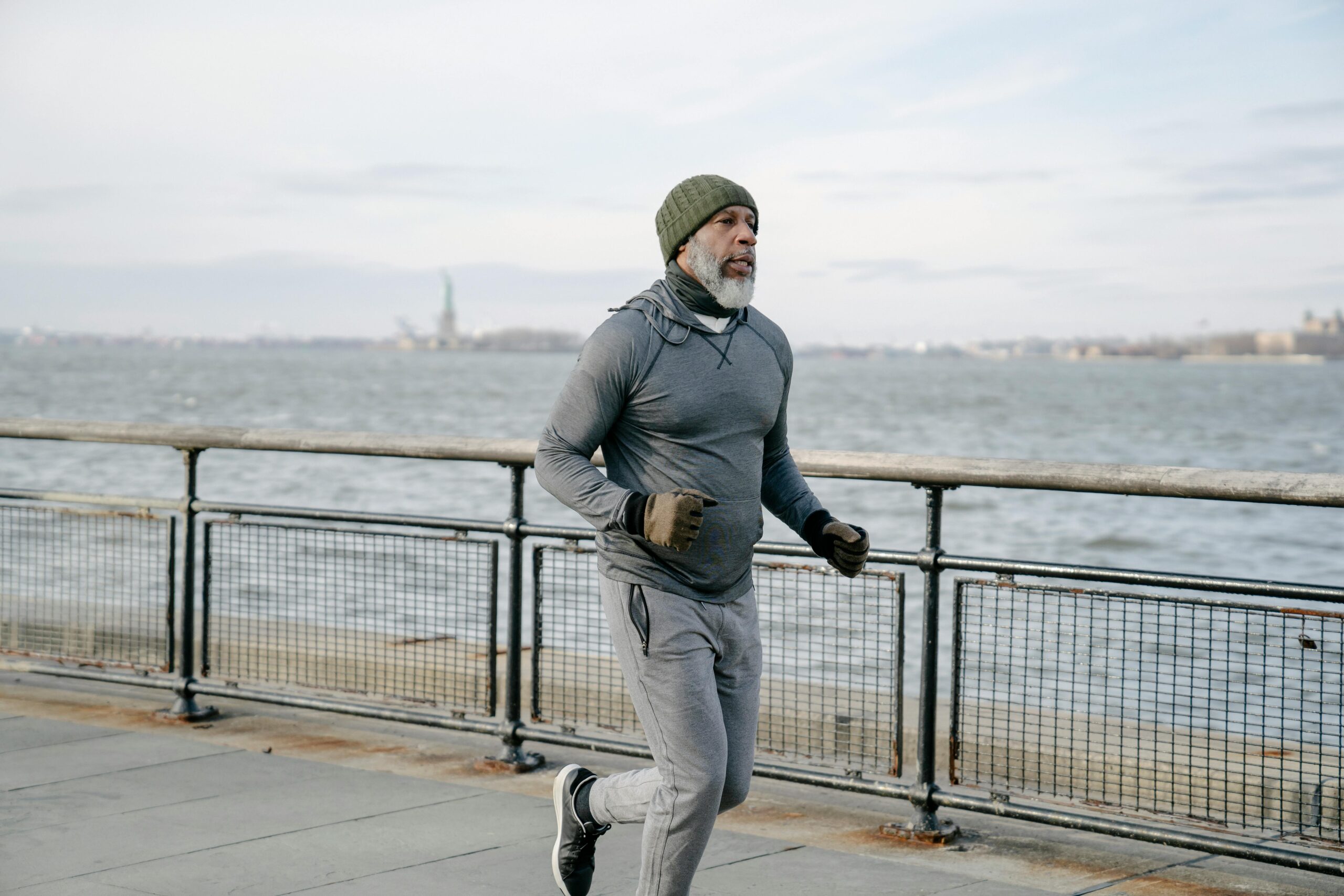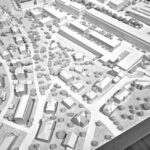2 Years of Exercise Reversed Heart Aging by 20 Years in 50 Year Olds

Aging is often seen as a one-way street, but what if science proved otherwise? What if the heart—an organ that tirelessly beats over a lifetime—could actually regain its youth? New research suggests that it’s not only possible but entirely within reach. The key isn’t found in a pill or a groundbreaking medical procedure. Instead, it lies in something much more accessible: movement.
At 50, the heart naturally begins to show signs of aging. Its elasticity diminishes, its efficiency declines, and the risk of cardiovascular disease rises. But a groundbreaking study has uncovered something extraordinary. With the right exercise regimen, the heart doesn’t just slow its aging—it can, in many ways, turn back time. The data reveals that a 50-year-old’s heart can regain the function and resilience of one two decades younger.
But how does this transformation happen? What kind of exercise holds the power to reverse heart aging? And most importantly, how can these findings be applied to everyday life?
The answers lie ahead. Science has opened the door to something once thought impossible. Now, it’s up to each individual to step through it.
How Scientists Measured Heart Rejuvenation
For years, cardiologists have studied the effects of exercise on heart health, but a recent breakthrough study sought to answer a bold question: Can structured physical activity actually reverse the aging of the heart?
To find out, researchers recruited a group of 50-year-olds and placed them on a carefully designed two-year exercise program. This wasn’t just about staying active—it was a targeted approach combining aerobic exercise, interval training, and strength conditioning. Each session was designed to challenge the cardiovascular system, forcing the heart to adapt and grow stronger.
To measure changes in heart function, scientists used cutting-edge imaging techniques, including echocardiograms, MRIs, and stress tests. These tools provided a detailed view of how the heart was responding—whether its muscles were regaining elasticity, how efficiently it was pumping blood, and whether signs of aging were being reversed at a biological level.
The results were nothing short of remarkable. Participants’ hearts showed significant improvements in flexibility and function. The heart muscle, which naturally stiffens with age, regained its ability to relax and contract more efficiently. Blood flow improved. The heart became more resilient, more efficient—mirroring the performance of a much younger organ.
This wasn’t just a small improvement; it was a transformation. And the best part? The key to unlocking it was something anyone could access: movement.
How Exercise Reverses Heart Aging
 Image Source: Pexels
Image Source: Pexels
The heart, like any muscle, thrives on challenge. When pushed beyond its comfort zone, it adapts, strengthens, and rebuilds itself from the inside out. But how exactly does movement have the power to turn back time on the heart?
Aerobic exercise plays a central role in this transformation. When the body moves—whether through running, cycling, or swimming—the heart rate increases, demanding more oxygen. This repeated challenge forces the heart muscle to become more efficient, improving its ability to pump blood with each beat. Over time, the heart works less at rest, conserving energy and reducing the risk of disease.
Interval training takes this process even further. Short bursts of intense activity, followed by periods of rest, condition the heart to handle stress more effectively. This type of training improves heart rate variability—a key marker of heart health—allowing the cardiovascular system to respond quickly and efficiently to daily demands.
Strength training also plays a critical role. While it primarily builds skeletal muscle, it indirectly benefits the heart by improving overall body mechanics. Stronger muscles mean less strain on the cardiovascular system, allowing the heart to function with greater ease.
Beyond muscle growth, exercise triggers biochemical changes that keep the circulatory system young. It encourages the production of molecules that maintain the elasticity of blood vessels, preventing arteries from stiffening—a major contributor to heart disease.
Together, these forms of exercise create a comprehensive approach to reversing heart aging. They don’t just slow down decline; they actively rebuild and rejuvenate, offering a path to long-term vitality.
How to Apply This to Your Own Life
 Image Source: Pexels
Image Source: Pexels
The science is clear: exercise holds the power to restore heart health. But understanding the research is one thing—putting it into practice is another. The good news? The path to a stronger, younger heart doesn’t require extreme measures. It starts with simple, intentional steps.
1. Start Small and Build Momentum
Jumping into an intense workout routine overnight isn’t necessary—or sustainable. The key is consistency. Begin with moderate activities like brisk walking, light jogging, or cycling. Aim for at least 150 minutes of aerobic exercise per week. As endurance improves, gradually increase intensity and duration.
2. Mix It Up for Maximum Impact
Different forms of exercise target different aspects of heart health. To mimic the study’s approach, combine:
- Aerobic exercise (e.g., swimming, running, or dancing) to improve endurance.
- Interval training (short bursts of high-intensity movement followed by recovery) to enhance cardiovascular resilience.
- Strength training (using weights or bodyweight exercises like push-ups and squats) to reduce strain on the heart and improve overall fitness.
3. Make Consistency Non-Negotiable
The benefits observed in the study weren’t the result of short-term effort. They came from years of consistent movement. Treat exercise like an investment—each workout deposits strength, longevity, and vitality into the body’s future.
4. Track Progress and Stay Motivated
Monitoring heart health can be a powerful motivator. Fitness trackers, heart rate monitors, or simple self-checks (such as noticing improved stamina and energy levels) provide tangible proof of progress. Scheduling regular health check-ups ensures everything stays on track.
5. Adapt to Individual Needs
Before starting any new exercise plan, consulting a healthcare professional is crucial, especially for those with pre-existing conditions. A tailored approach ensures safety while maximizing benefits.
A stronger heart is built through action. Each step, each workout, each deep breath taken in motion contributes to a younger, healthier cardiovascular system. The process isn’t complicated—it just requires commitment.
Beyond the Heart: Other Anti-Aging Benefits of Exercise
 Image Source: Pexels
Image Source: Pexels
Reversing heart aging is only part of the story. Exercise is one of the most powerful tools for slowing down the aging process in the entire body. From preserving brain function to strengthening bones and muscles, movement is the key to maintaining health, vitality, and independence for decades.
- Sharper Mind, Stronger Body: Exercise fuels both physical and mental longevity. Increased blood flow to the brain enhances memory, sharpens focus, and reduces the risk of cognitive decline. Studies show that those who stay active are significantly less likely to develop Alzheimer’s and other neurodegenerative conditions. At the same time, weight-bearing exercises strengthen bones and muscles, reducing the risk of fractures and osteoporosis. By keeping the brain sharp and the body strong, exercise preserves quality of life well into old age.
- Disease Prevention and Metabolic Health: Movement directly impacts metabolism, improving the body’s ability to regulate blood sugar and insulin levels. This significantly lowers the risk of type 2 diabetes, metabolic syndrome, and other chronic diseases. Regular exercise also keeps arteries flexible and reduces inflammation—two key factors in preventing heart disease and stroke. Simply put, an active lifestyle is one of the most effective ways to protect against life-threatening illnesses.
- Emotional Well-Being and Stress Relief: Exercise isn’t just about longevity—it’s about feeling good today. Physical activity triggers the release of endorphins, natural mood boosters that reduce stress, anxiety, and depression. It also improves sleep quality, enhances emotional resilience, and increases overall energy levels. Movement acts as a reset for both body and mind, helping to navigate life with greater clarity and balance.
The human body is built to move. Exercise isn’t just about looking younger—it’s about staying capable, independent, and full of life. Science confirms what experience has always shown: consistent movement keeps the body strong, the mind sharp, and the heart young. Every step, every breath, and every moment in motion is an investment in a healthier, longer life.
It’s Never Too Late to Start
Aging is inevitable, but decline is optional. Science has proven that the body can adapt, rebuild, and even reverse years of wear and tear—if given the right stimulus. Whether at 40, 50, or beyond, movement has the power to restore strength, sharpen the mind, and keep the heart young. The best time to start was years ago. The second-best time is now.
Small, consistent steps—walking more, lifting weights, and challenging the heart with bursts of intensity—create changes that compound over time. Every workout strengthens the body’s foundation, adding not just years to life, but life to years. Transformation doesn’t require perfection—only persistence.
The body listens to what it’s given. Movement tells it to heal, to grow, to thrive. Every choice to move is a choice for a stronger, more capable future. The only question left is: Will today be the day it begins?
Featured Image Source: Pexels
Source:
-
Howden, E. J., Sarma, S., Lawley, J. S., Opondo, M., Cornwell, W., Stoller, D., Urey, M. A., Adams-Huet, B., & Levine, B. D. (2018). Reversing the cardiac effects of sedentary aging in Middle Age—A randomized controlled Trial. Circulation, 137(15), 1549–1560. https://doi.org/10.1161/circulationaha.117.030617
Loading...






